What is a Product Listing Page in Ecommerce?
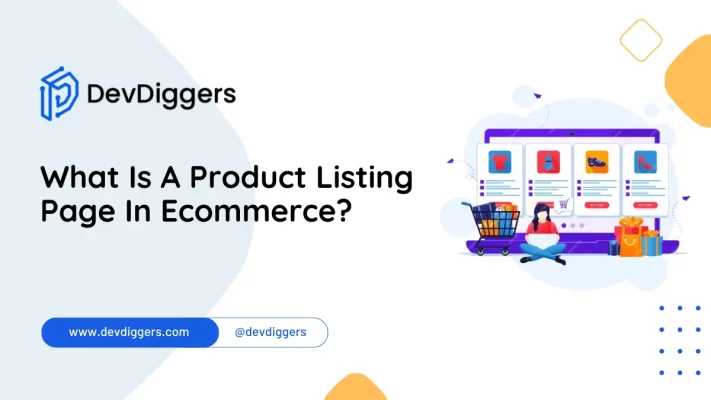
In the world of e-commerce, it’s important to ask yourself: what is a product listing page (PLP) in eCommerce?
Informative and effective PLPs can have a big role to play in this decision-making process when someone decides to purchase something online and improve their shopping experience.
In this article, I will explain what is a Product Listing Page (PLP) in eCommerce, include some of the key components of an ideal PLP, elaborate on optimization best practices and highlight why PLPs that are effective at increasing your store conversion rate are critical.
What is a Product Listing Page In Ecommerce?
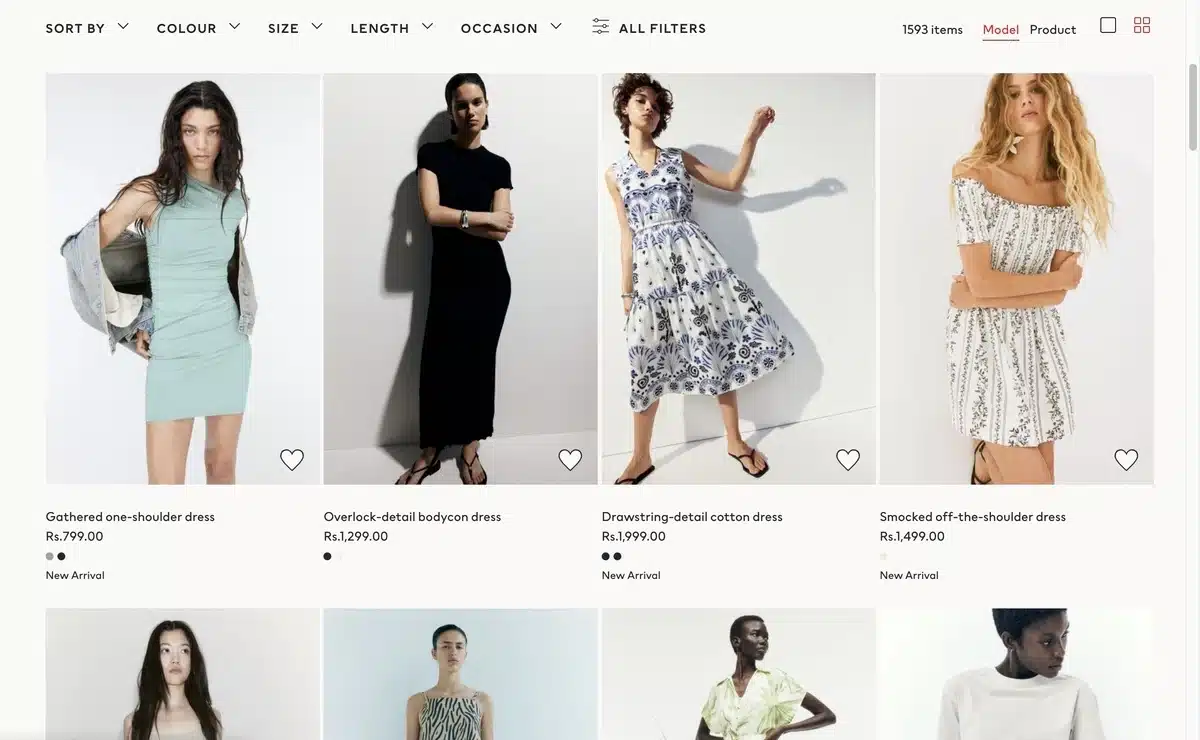
Products listed for sale can be grouped according to either their categories/brands or search results by the use of eCommerce Product Listing Pages (PLPs).
There they see photos of commodities, names, prices as well as ratings along with brief details that enable them make easy purchases. Key Features of a Product Listing Page in eCommerce
Key Features of a Product Listing Page in Ecommerce
In the context of the question, what is a product listing page in eCommerce? There are several key features of a PLP in eCommerce which include:
- Product Images: These are images showing each item.
- Product Titles: This refers to the name or short description given to an object.
- Prices: This encompasses the total cost of a product including any discounts, offers or promotions.
- Ratings and Reviews: This section is about what customers say about various goods plus their rating.
- Filters: These are filters that help buyers narrow down their preferences according to brand, price, size and color among others.
- Sorting Options: The products can be ranked according to relevancy, pricing, popularity and recentness
- Pagination or Infinite Scroll: On the internet today there are different ways through which a person can scroll from one page to another as long as they want till they see more pages being loaded in relation to specific items on sale.
- Product Descriptions: Brief summaries or key features of the products. Use AI Description Optimization to get the best results.
- Add to Cart/Wishlist Buttons: Users can either add it directly to shopping cart or save it for later purchase.
- Product Availability: This is an example that shows how WooCommerce POS plugin can be used to manage your entire inventory in retail stores/restaurants etc.
- Quick View: It’s a functionality that allows users view more details about a certain item without leaving PLP
- Category Navigation: These links/menus are like categories/subcategories menu that lets users easily navigate into different types of products.
- Promotional Banners: These ad banners are designed to provide discounts, promotion offers, bargains or novelties. To handle discounting at the next level on social media you can use WooCommerce Share for Discounts plugin.
- Comparison Tools: There are features that enable users to compare different products with each other.
These features enhance the user experience by making finding, evaluating, and purchasing products easier.
Types of Product Listing Pages
Apart from understanding what is a product listing page in eCommerce, there are various types of PLP that are used in several eCommerce platforms.
- Category Page: It displays items from one class like Men’s Shoes or Laptops.
- Brand Page: It contains products from one brand so customers can check its offerings.
- Search Results Page: A page that shows things related to what the user had put e.g. running shoes or wireless earphones.
- Sale or Clearance Page: On this webpage there are reduced-price items also known as clear stock going at lower prices
- New Arrivals Page: This web page will show newly added goods
- Best Sellers Page: These are the most bought and popular ones
- Featured Products Page: Here you will find selected goods mainly promoted by the seller himself.
This page has been customized for specific users to display products they may like depending on their browsing or purchasing history.
How to Design an Effective Product Listing Page
Designing a successful Product Listing Page in eCommerce requires several critical considerations to improve user experience, increase conversions, and optimize sales. Here is an organized approach:
1. Clear and Consistent Layout
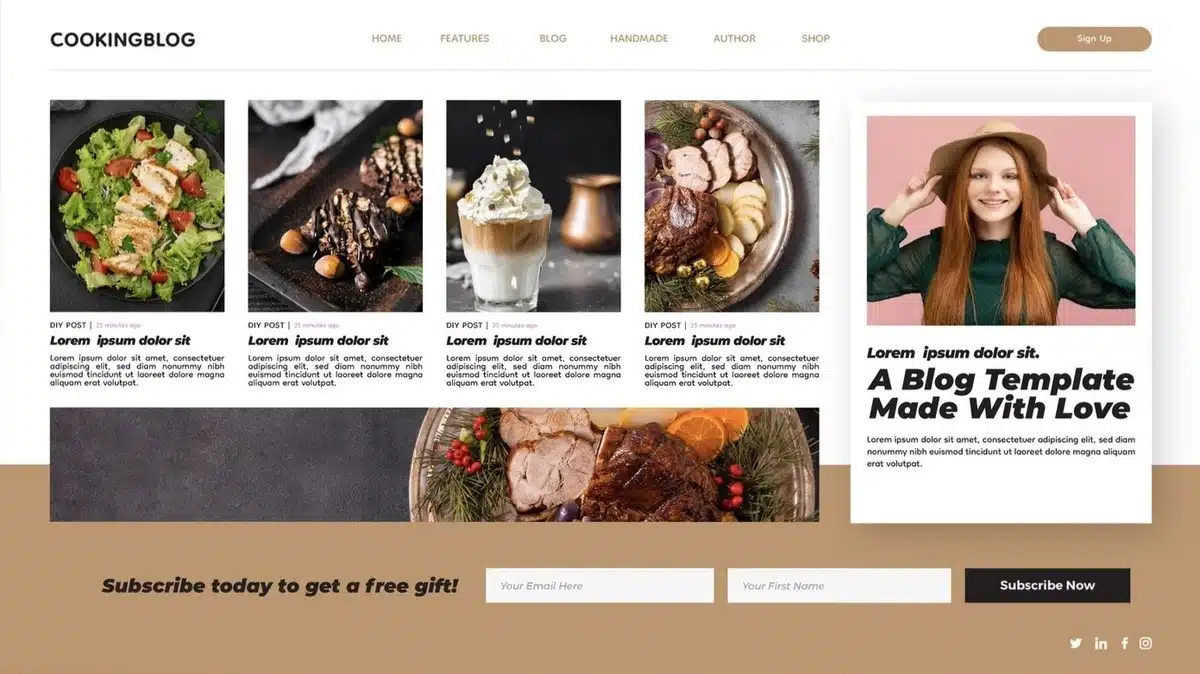
- Grid View: Arrange products in order to enable easy comparison among them.
- List View: In addition to the above mentioned views there should be another list view where all the details can be seen at once.
- Consistent Design Elements: Make sure that the picture sizes of the product are constant throughout the page, fonts used and button styles are consistent all over.
2. High-quality Product Images

- Select high-resolution photographs so as to adequately represent your merchandise.
- Use multiple pictures/angles if necessary so that you can fully describe what your product looks like.
- Enable users to zoom in on the product images to see every aspect closely..
3. Detailed Product Information
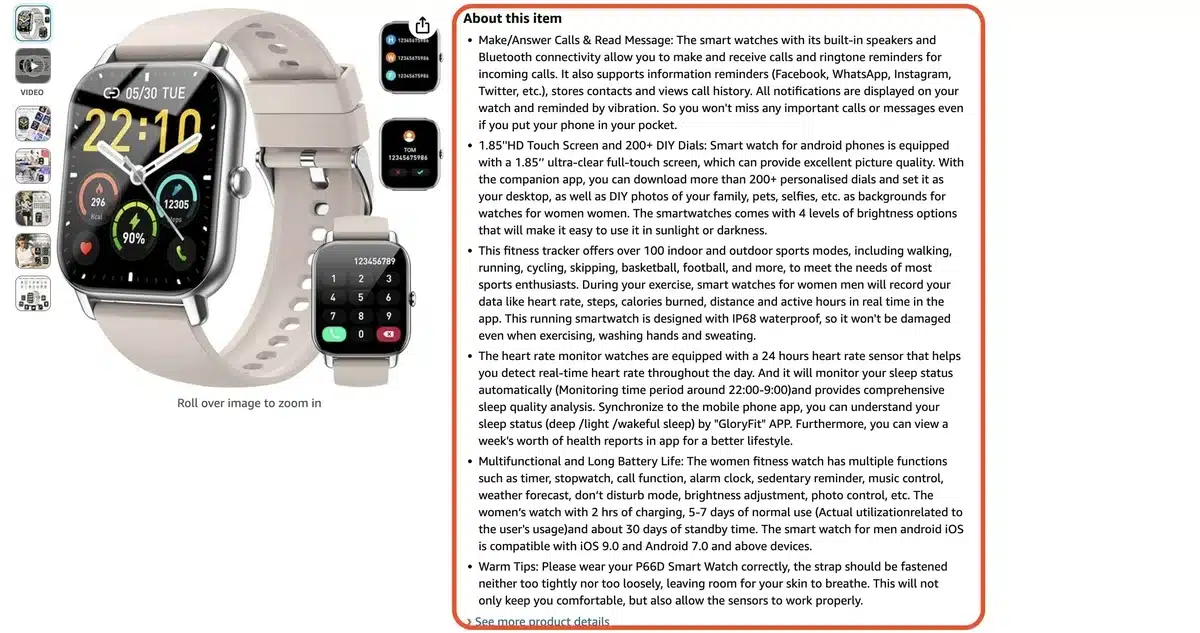
- This is possible by having descriptive subheadings and brief explanations of what the item is, its key features and henceforth benefits.
- Other important details to include are measurements like size, material type, colors and dimensions among others.
- Also, clearly showing prices should have any discounts or promotions indicated besides them.
4. Easy Navigation & Filtering
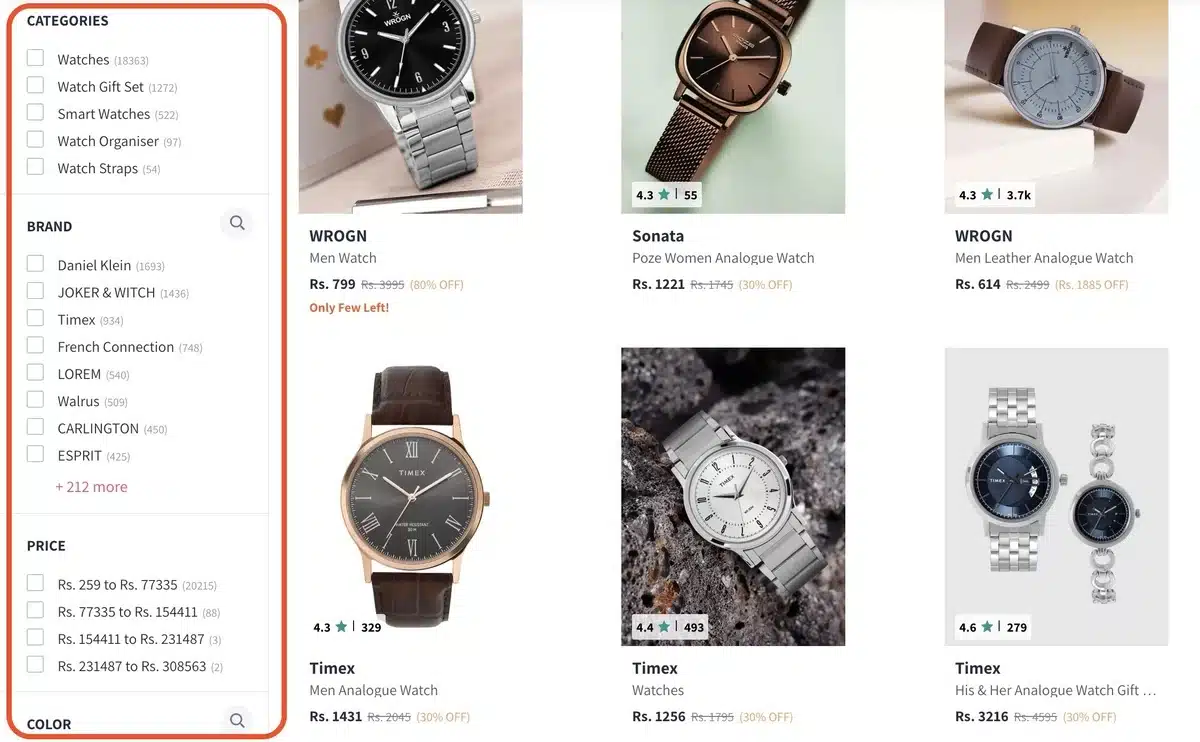
- For instance, these could be basic filters that allow customers to sort out products by either cost, brand name, size or color.
- Some of the sorting options may include popularity relevance and price which address different user needs.
5. User-friendly Features

- Customers can easily navigate through various product categories using category navigation hyperlinks.
6. Mobile Optimization

- A good example is the quick view option which enables a customer to find more information on a product without leaving the PLP.
- Another one may involve having a favorites feature that allows users to save items they would like to refer back in future.
- Lastly, not least ease-of-use concerning the shopping cart must permit easy addition of items and a clear way for customers to purchase them.
- Optimization doesn’t have to make images and content load slowly which improves performance.
7. Social Proof and Trust Signals
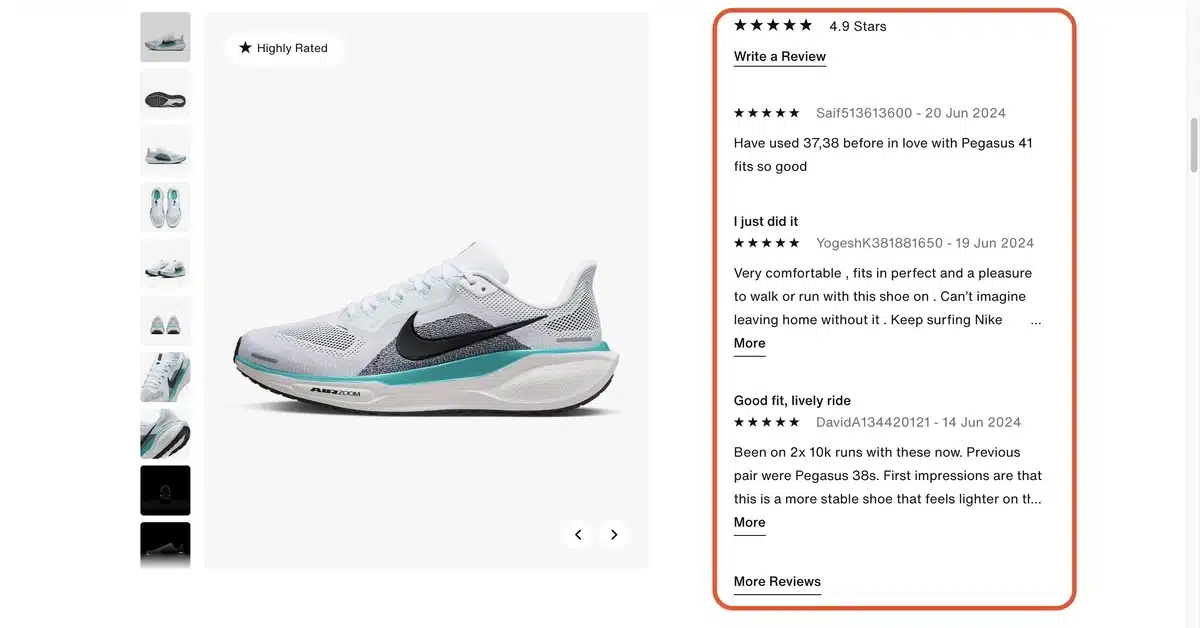
- Another method of increasing trust levels and social proofing an e-commerce website is by putting customer reviews/ratings in place that can lead to high conversions on eCommerce websites.
- If there are any top-rated products new arrivals and best sellers among the items listed here, show labels for them to enable users to make informed decisions.
8. Promotional Elements

- Sections or banners could be utilized if you want to emphasize special deals or seasonal promotions.
- Efforts of stimulating additional purchases may include cross sell, order bumps and upsell suggestions.
9. Testing and Optimization
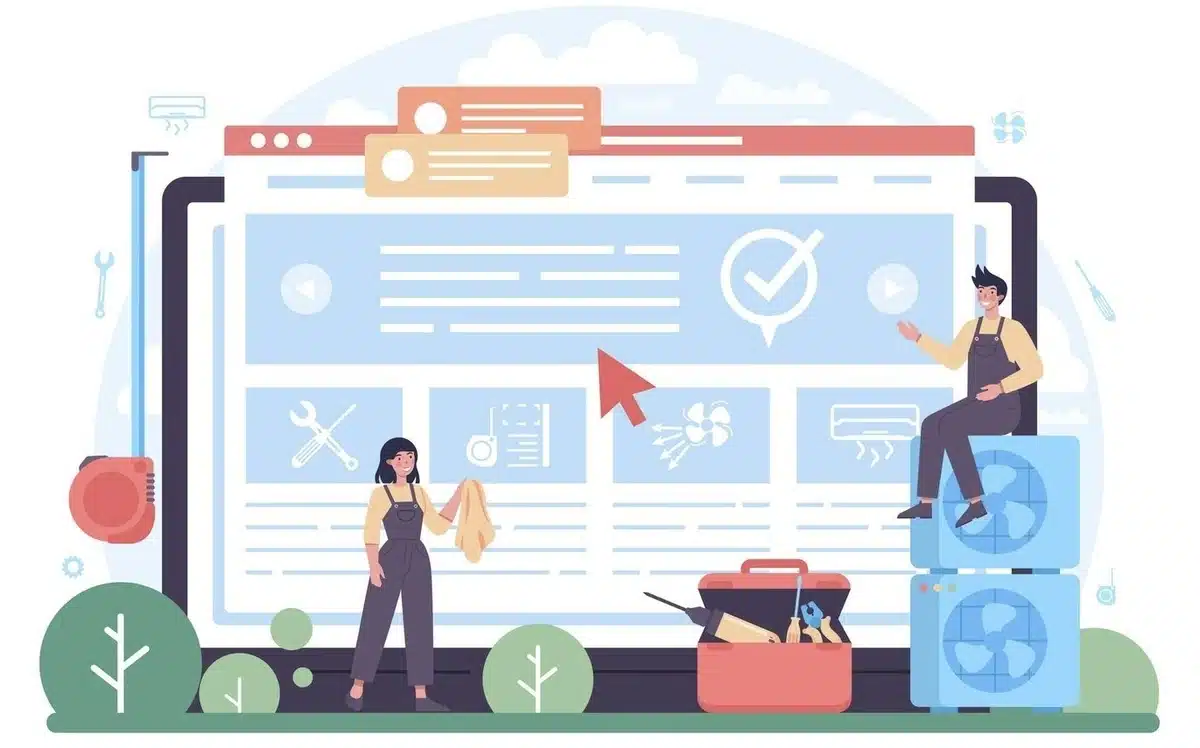
- A/B tests will inform you which layouts, designs, features bring your target audience most appealingly.
- For analytical purposes, monitoring user activity helps identify areas that need improvement as well as maximization of conversion rates.
10. Accessibility and SEO

- Access should be assured by features such as compatibility with screen reader or keyboard navigation for disabled users.
- One way to do this is by improving product titles, descriptions and metadata in order to rank higher on search engines.
- To achieve that aim, there’s a lot you can do with a Product Listing Page in eCommerce to make it more user-friendly as well as help drive more sales within an ecommerce context.
It is important for e-commerce platforms to optimize Product Listing Pages (PLPs) for SEO (Search Engine Optimization) so as to improve their visibility on Search Engine Results Pages (SERPs), get organic traffic and answer the question of what is a product listing page in e-commerce?
How to Optimize Product Listing Pages for SEO
Optimizing Product Listing Pages (PLPs) for SEO (Search Engine Optimization) in eCommerce is also crucial for improving visibility in search engine results and attracting organic traffic apart from only learning about the question of what is a product listing page in eCommerce.
Here are effective strategies to optimize your PLPs for SEO:
1. Keyword Research and Optimization
- Carry out keyword research that identifies suitable search terms and phrases adopted by potential customers when looking for similar products like yours.
- Use these keywords naturally within your titles, descriptions, headers and alt text for images.
2. Optimize Product Titles
- When creating the title, make sure you include descriptive keywords plus attributes even though they must be brief yet readable.
3. Create Unique Meta Descriptions
- Each of your products should therefore have a unique meta-description that briefly explains what it entails.
- Use the right keywords naturally and highlight unique selling points to attract clicks.
4. Use Structured Data Markup
- Use schema markup such as a product schema which gives search engines the entire information about your products.
- This may enhance your chances of appearing in rich snippets or product carousels on SERPS.
5. Optimize Product URLs
- The product URLs should be clean, descriptive, and keyword-rich.
- Instead of generic IDs or parameters, use meaningful words that describe category or attributes of product.
6. Image Optimization
- Optimizing product images is important by providing descriptive file names – e.g., “product-name.jpg” – and alt text with relevant keywords.
- Due to this, search engines can know what your images represent hence making them accessible to visually-impaired people by offering alternative texts for screen readers like JAWS, VoiceOver e.t.c; this ensures full accessability of these images to all blind people who have been able to get them through technology using screen readers among other devices meant for the same functions discussed earlier on.
7. Improve Page Load Speed
- Make sure PLPs load fast enough on both desktops and mobile devices.
- Search engine optimization (SEO) and its application to images, CSS and JavaScript codes need to be optimized; these codes should be minimized while enabling browser caching.
8. Internal Linking
- Embed hyperlinks in your Product Listing Pages (PLPs) to other products or categories.
- This assists in ensuring search engines rightly index your website thus enabling more pages to be viewed by users as well.
9. User-Generated Content
- Urge clients to write reviews regarding the products they have bought and rate them too.
- In addition, user-generated content supplies you with new and relevant material that could dramatically improve your SEO rankings.
10. Monitor and Improve Performance
- Using analytic tools observe how PLPs are performing in terms of traffic, bounce rates, conversions etc.
- After identifying weak points experiment with different approaches for better results on search engine optimization pace.
Therefore, there will be an increased visibility of Product Listing Pages on SERPs (search engine results pages) which will lead to higher qualified traffic to your e-commerce shop resulting into more sales as well as conversion rates.
Conclusion
What is a product listing page in eCommerce?
Imagine it a virtual store where a customer can see what items are being sold by any particular seller.
A PDP (Product Display Page) is a very important part of any e-commerce site as PLP.
They are necessary components/instruments of online shopping that encourage interaction, promote increased sales and establish retailer’s brand within competitive e-commerce industry.
FAQs
How do online shoppers get satisfied with product listing pages?
Many products are displayed on such pages and they allow for comparison of their features along with prices, as well as other important details such as product specifications and customer reviews. Therefore, buyers can make informed decisions without necessarily having to go through each item’s page.
Where should we sell our goods?
The best product listing page will have several clear images angles of the products; keep descriptions brief but informative for each item; state current price rates; availability status (e.g., out of stock or in stock); have users’ reviews that come with rating system; sorting options; filtering options and links like “add to cart” bold.
How can we improve our ecommerce platform?
Businesses can optimize their product listing pages by ensuring high-quality images, writing compelling and SEO-friendly product descriptions, using relevant keywords, providing accurate pricing and inventory information, enabling filters for easy navigation, optimizing page loading speed, and making CTAs prominent and user-friendly.
How can product listing pages enhance user experience?
We need to have some search functionalities in place to improve user experience on eCommerce websites.
However, anything that can happen wrongly while keeping track of the product listing pages?
These may comprise; having accurate inventory all the time; ensuring prices and details on products are always current; consistency across multiple devices and OSs; managing a large number of items effectively; page load and error problems settled.

Kartika Musle
A Tech enthusiast and skilled wordsmith. Explore the digital world with insightful content and unlock the latest in tech through my vision.

Leave a Reply